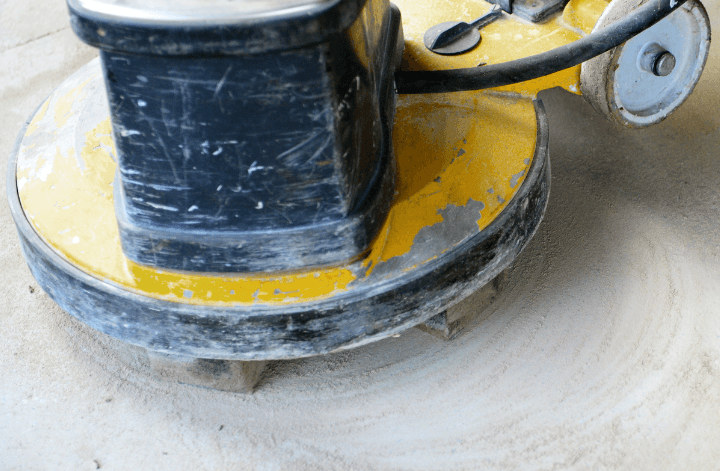Patina, an intriguing phenomenon seen on aged metal surfaces, adds a unique touch of antiquity and character. It’s not merely a sign of age or decay but an artistic testament to the passage of time, a story of survival and endurance told by the metal itself. This article delves into the captivating world of patina, shedding light on its formation, types, and how it’s valued in various fields.
What is Patina?
Patina is a thin layer that forms on the surface of copper, bronze, and similar metals (like brass) due to prolonged exposure to environmental elements like air, water, and soil. This process, known as patination, is a form of oxidation or corrosion that gradually changes the metal’s color and texture over time.
Interestingly, patina doesn’t weaken the metal; instead, it acts as a protective coating, shielding the underlying metal from further deterioration. It’s the result of a naturally slow process, with the most coveted patinas taking decades or even centuries to form.
Types of Patina
The color and texture of patina can vary widely depending on the type of metal and the specific environmental conditions it’s been exposed to. Some of the common types include:
- Green Patina: Also known as verdigris, this is the most recognizable type of patina. It’s primarily seen on copper and bronze after exposure to water, oxygen, or sulfur. The Statue of Liberty, with its iconic green hue, is an excellent example of verdigris.
- Brown/Black Patina: This is common on bronze artifacts. The patina, known as bronze disease, is a type of corrosion that occurs when chlorides come into contact with bronze.
- Blue/Black Patina: Silver, especially sterling silver, develops a black or blue patina over time due to sulfur compounds in the air.
The Value of Patina
In antiques, fine art, and architectural structures, patina is highly valued as it provides a historical authenticity that can’t be replicated. The presence of patina can significantly increase an item’s value due to its age and the unique aesthetic it offers.
Patina in Modern Applications
Today, artists, interior designers, and metalworkers often deliberately induce patina on metal surfaces to achieve a vintage or rustic aesthetic. This process, known as artificial patination, involves applying specific chemicals to the metal surface to accelerate the oxidation process.
Caring for Patinated Objects
While patina can protect metal surfaces, not all forms of patination are beneficial. Bronze disease, for example, can cause significant damage to bronze artifacts if not treated properly. It’s crucial to consult with a conservation expert when dealing with antiquities.
Patina on functional items, such as copper cookware or architectural elements, can be maintained by gentle cleaning to preserve the item’s unique charm without causing damage.
Patina, the elegant testament of time on metal surfaces, has its own charm and historical value that transcends the allure of shiny, new objects. Whether naturally developed over centuries or artistically induced for a rustic appeal, patina carries a sense of character and chronicle that is uniquely compelling. Understanding and appreciating patina allows us to better value the beauty in age and the tales that older objects have to tell.
